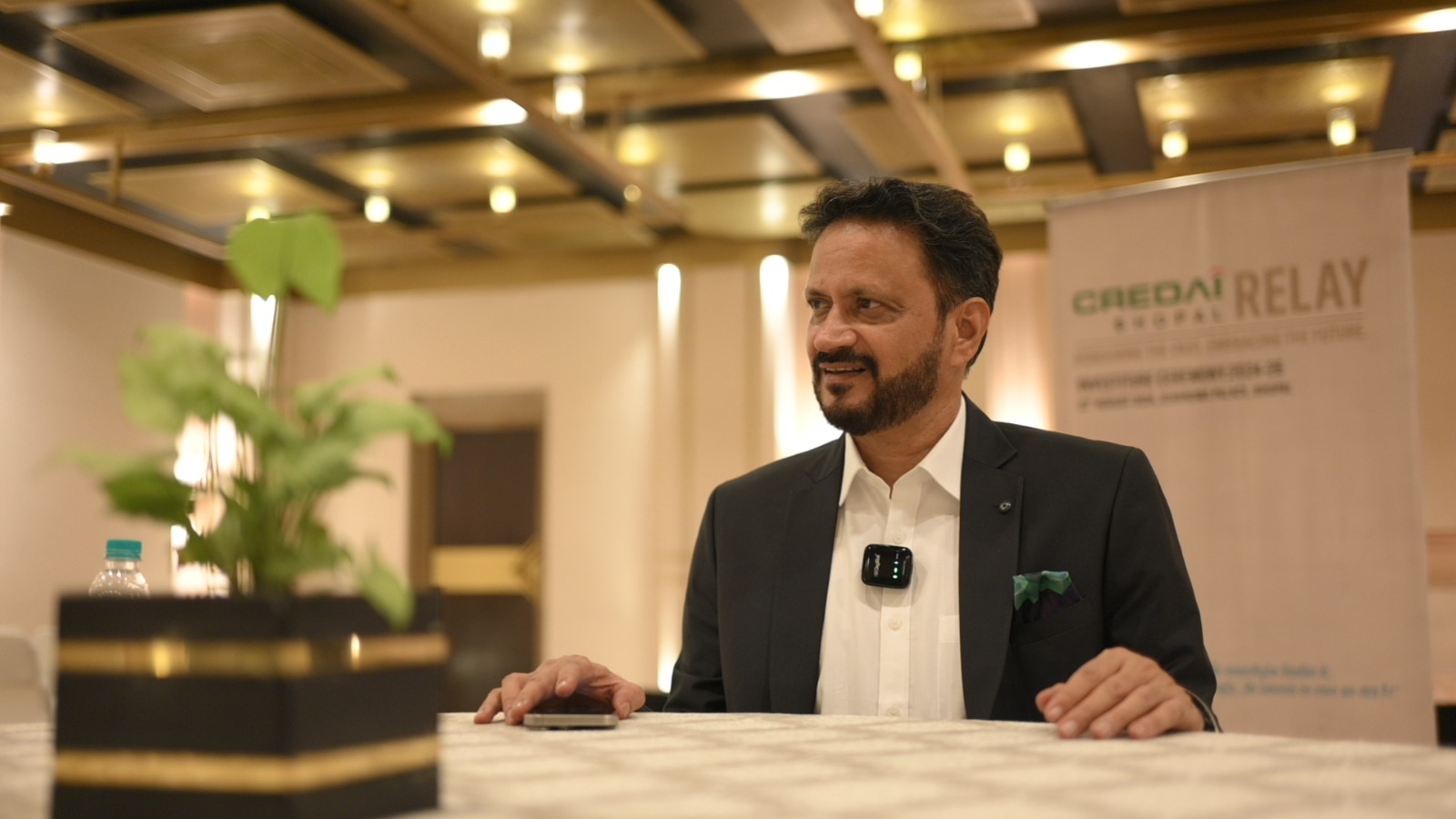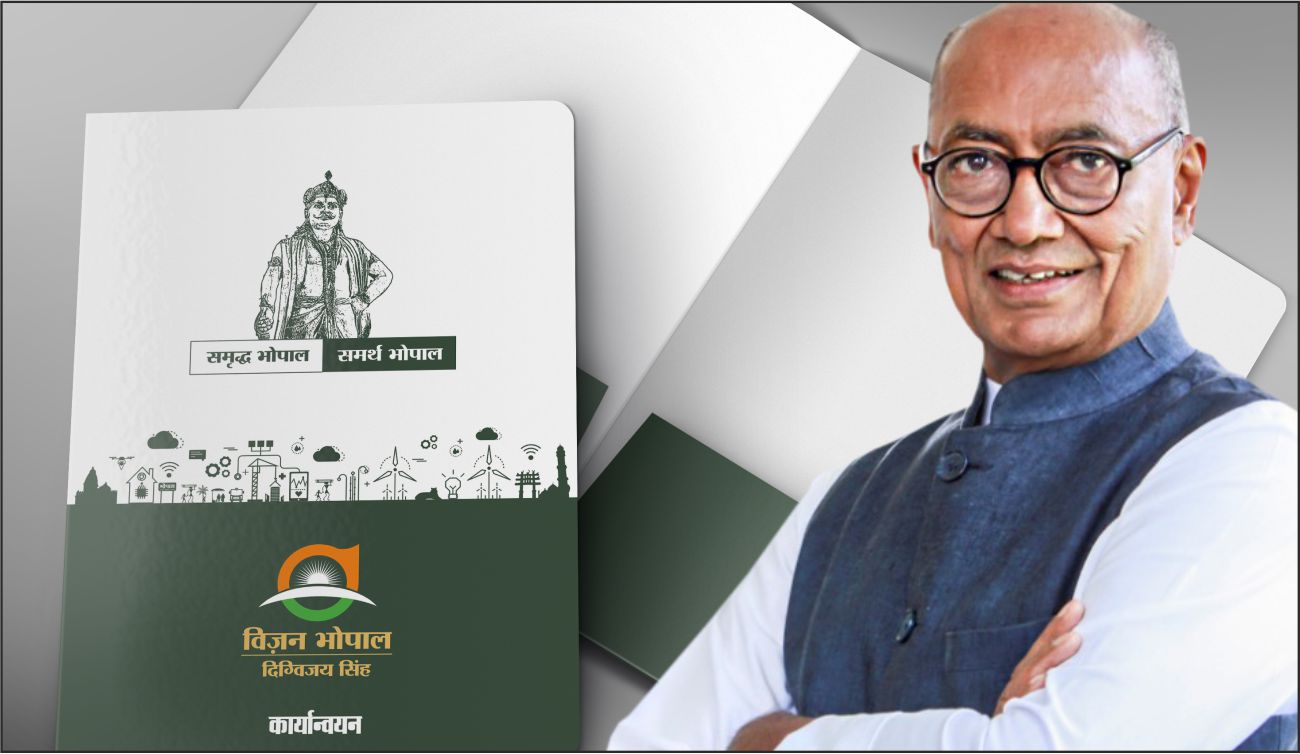A Timeline Of "Evolution Of Bhopal'
The Bhimbetka Rock Shelters, a UNESCO World Heritage Site, provide archaeological proof of human settlement in the region.
Prehistoric humans painted intricate rock art in Bhimbetka, marking one of the earliest expressions of creativity and communication.
Early settlements began forming around natural water sources, including the now-famous Upper and Lower Lakes.
The region witnessed continuous habitation, trade, and gradual socio-political evolution.
The legendary Raja Bhoj, one of India’s greatest kings, established Bhojpal, a strategically designed city with sustainable water management, planned urban settlements, and economic zones.
Raja Bhoj constructed the largest man-made lake in Asia (422 sq. km), a marvel of hydrological engineering.
The city remained an intellectual and cultural hub, fostering advancements in architecture, medicine, and literature.
Dost Mohammad Khan, an Afghan warrior, laid the foundation of modern Bhopal, expanding the city’s boundaries and fortifications.
Qudsia Begum, the first female ruler of Bhopal, established an inclusive and progressive administration.
The Begums of Bhopal, one of the few matriarchal dynasties in India, built iconic structures like Taj-ul-Masajid, Moti Masjid, Shaukat Mahal, and Gauhar Mahal, shaping Bhopal’s architectural identity.
During the First War of Independence, Bhopal played a crucial role, aligning with British forces while maintaining autonomy.
Bhopal, under British rule, remained an important princely state, known for its unique Indo-Islamic culture and education centers.
Bhopal joined the Indian Union as a part of Madhya Pradesh.
Establishment of BHEL (Bharat Heavy Electricals Limited)—Bhopal’s first major industrial landmark, marking the city’s transition into an industrial hub.
Arrival of Union Carbide, reinforcing Bhopal’s position as a growing industrial economy.
Bhopal Gas Tragedy, the world’s worst industrial disaster, shattered the city’s industrial momentum, leaving deep scars on its economic and social fabric.
While India moved towards economic liberalization, Bhopal struggled to attract large-scale investments and redefine its industrial landscape.
With growing real estate, educational institutions, and tourism, Bhopal started evolving into a balanced urban center.
The IT and service sector started gaining traction, but Bhopal remained underrepresented in national economic policies.
Kamaal Ka Bhopal movement was initiated to redefine Bhopal’s narrative and position it as a city of historical pride and modern innovation.
The Bhopal identity project was presented to Prime Minister Narendra Modi, who acknowledged the need to redefine Bhopal’s role in India’s development.
CREDAI Bhopal conducted a branding survey, gathering insights from citizens, investors, and industry leaders.
Efforts intensified to position Bhopal as an investment, tourism, and logistics hub.
The Kamaal Ka Bhopal vision was officially introduced at GIS 2023, attracting national and global attention.
A Timeline Of "Kamaal Ka Bhopal Movement'




